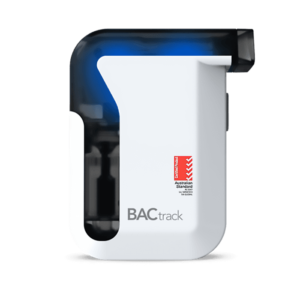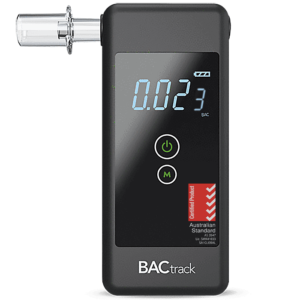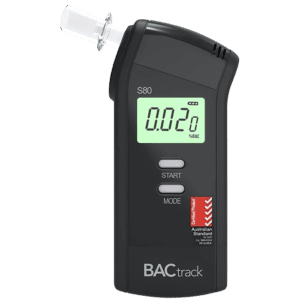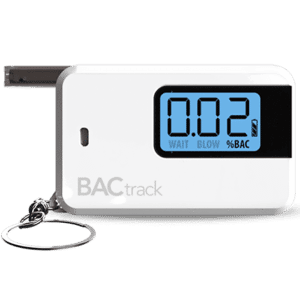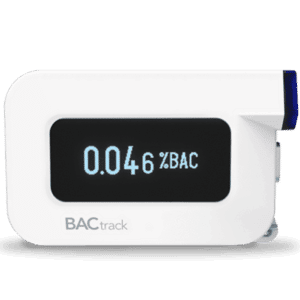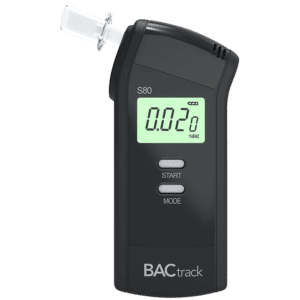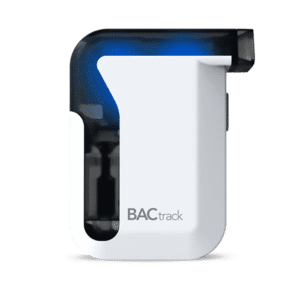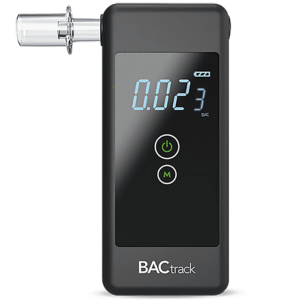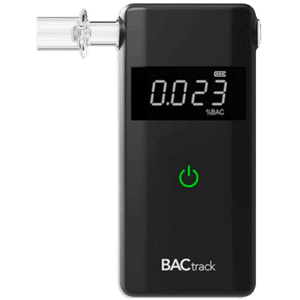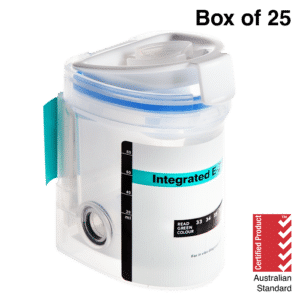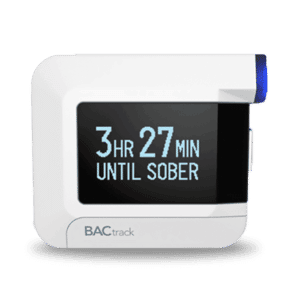Toxicology Screen Alcohol: Methods of Testing & Interpretation of Results
07 May, 2024

A toxicology screen for alcohol detects the presence of alcohol in the body using various methods. These include urine, saliva, blood, breath, or hair testing. The test results were interpreted as either negative, meaning no alcohol was detected, or positive, indicating the presence of alcohol. These results provide valuable information about the alcohol consumption of the person and find utility in healthcare, workplace testing, or legal proceedings.
Recognising the potential risks associated with alcohol consumption is crucial due to its adverse effects on individuals and their surroundings. Excessive alcohol intake poses significant health risks. Moreover, alcohol consumption can increase the likelihood of accidents and injuries, especially in activities such as driving. Employing toxicology screening can help identify individuals who may be at risk of alcohol-related harm. This article will present what alcohol toxicology screening is, including its various types and the interpretation of results.
What is a Toxicology Screen for Alcohol?
A toxicology screen for alcohol is a method to detect the presence of alcohol in biological samples. It helps determine if someone has consumed alcohol recently. Alcohol testing services often use this method to assess Alcohol Use Disorders (AUD), intoxication, or potential alcohol abuse.
In the test, professionals collect a biological specimen from the individual. Then, they analyse the sample in an accredited laboratory to measure the blood alcohol level or check for specific alcohol biomarkers. These biomarkers are substances the body produces when it breaks down alcohol. Testing officers can also use instant test kits for onsite testing, which provide quick results.
The toxicology screen not only detects alcohol but can also identify other illicit drugs if included in the test panel. This is crucial in detecting drug abuse, as it can reveal the presence of substances such as cocaine, marijuana, opioids, and amphetamines. Furthermore, it can detect the misuse of prescription drugs, providing comprehensive insights into the substance use of the patient.
Purpose of Toxicology Screening
- Employers require alcohol screening to maintain a safe work environment by identifying employees under the influence.
- Law enforcement can assess alcohol impairment in drivers and ensure road safety.
- Healthcare professionals can diagnose alcohol-related health issues and provide treatment.
- Alcohol tests are vital in forensic investigations to determine if alcohol consumption contributed to accidents or incidents.
- In legal proceedings, alcohol screening results serve as evidence that either supports or refutes claims of alcohol intoxication.
- Toxicology screening helps identify the physical effects of alcohol consumption and assess the blood alcohol content in the person.
- Screening for heavy alcohol use can prevent long-term health consequences and alcohol-related disorders.

Toxicology Screen for Alcohol – Methods of Testing
There are several methods of doing a toxicology screen for alcohol. Each type has its advantages and limitations. Firstly, urine test. This process is easy and convenient. Urine testing can identify and trace a wide range of substances in urine samples for up to three days to one week. It is also easy to administer and provides quick results.
Secondly, oral fluid test. It is a non-invasive process that involves swabbing the inside of the mouth to obtain saliva samples. The test is also quick and can determine recent alcohol or illegal drug consumption. Thirdly, breath test. It involves blowing into a breathalyser device to measure Blood Alcohol Concentration (BAC) levels.
Fourthly, blood test. It provides highly accurate and detailed information regarding alcohol and drug levels in the blood sample. Lastly, hair follicle test. It can trace alcohol or drug metabolites in hair samples for up to 90 days before the test date. The choice of method depends on the specific requirements of the situation and the desired detection window.
What is the Most Accurate Testing Method?
Among the various methods for testing alcohol consumption, the alcohol blood test stands out as the most accurate. This method directly measures the amounts of alcohol present in the bloodstream. Unlike other methods that rely on alcohol metabolites, alcohol blood testing provides a direct assessment of alcohol levels.
Moreover, its laboratory testing procedure minimises the risk of false positives or errors. However, blood testing is less common because it can be invasive, costly, and time-consuming. Therefore, most organisations use this test for confirmatory purposes or in situations where the accuracy of the results is very crucial.

Toxicology Screen for Alcohol – Interpretation of Results
When a toxicology screen for alcohol shows a non-negative result, it means that alcohol is present in the sample. This could indicate recent alcohol consumption. However, it does not necessarily mean the person is intoxicated at the time of testing. It could indicate past alcohol use or consumption within a few days before the test, especially for chronic users.
When initial screening detects a non-negative result, professionals usually do confirmatory testing to make sure the findings are accurate. Analysis methods like Gas Chromatography-Mass Spectrometry (GC-MS) or Liquid Chromatography-Tandem Mass Spectrometry (LC-MS/MS) are common for this. They are more precise than the first tests and can tell apart alcohol from other substances that might show up. Confirmatory testing gives solid proof of alcohol or drug use.
On the other hand, a negative result on a toxicology screen means that no alcohol or its metabolites were detected in the sample. This does not guarantee that the individual is alcohol or drug-free. Some substances may not show up on certain types of tests. Also, they may have already been metabolised and excreted from the body.
Factors Affecting Test Results
Some factors can influence the test results. For instance, the timing of the screening. If the test occurs shortly after drinking, it is more likely to detect alcohol in the system. Conversely, if there is a significant time gap between consumption and testing, the body may have metabolised and eliminated alcohol.
Additionally, the type of test used. Different testing methods have varying sensitivity levels and detection windows. Moreover, factors such as hydration levels, metabolism rate, and overall health condition can influence how the body processes and eliminates alcohol. It is important to consider these factors when interpreting the results.
Conclusion
In conclusion, a toxicology screen for alcohol is a crucial tool for detecting recent alcohol consumption and substance abuse. It involves various testing methods like urine, oral fluid, breath, blood, and hair follicle tests, each with its advantages and limitations. These tests not only detect alcohol but also identify other illicit drugs. The choice of method depends on the specific needs of the situation and the desired detection window.
A non-negative result suggests the presence of alcohol in the sample, indicating recent or past consumption. Confirmatory testing, like GC-MS or LC-MS/MS, provides accurate confirmation. Conversely, a negative result does not guarantee sobriety, as it may miss certain substances or if alcohol has been metabolised. Timing of testing, test sensitivity, and individual factors like hydration and metabolism affect results. Thus, interpreting outcomes requires considering these factors to accurately assess alcohol or drug presence.


















